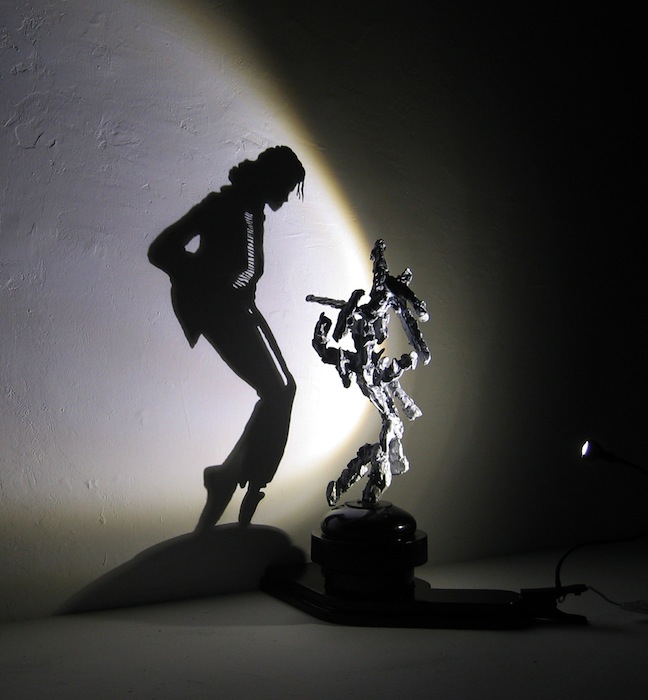Help us preserve a vital part of the bellingham community: The Make.Shift Art Space.
Tag Archives: “Kevin Lowdon”
Night Lighting
The miracles of lighting and sculpture
article-0-1288bc9b000005dc-616_634x3982.jpg
Image
Painting-esque Mirror Photos in Desert
Mirror Reflection photography
Found this online. Good ideas. http://www.learntotakephotos.com/photography_tips/mirror_reflection_photography.php
In the spirit of Film
I am obsessed with live music photography and all things music. DIG! is a film by Ondi Timoner, that tells the story of both The Brian Jonestown Massacre and The Dandy Warhols. In my opinion one of the best documentaries surrounding rock n’ roll and these types of sub cultures. You can watch the whole thing here:
http://pollystreaming.com/Dig-2004_v4879
Reading Response #10
This section of the reading talks about creating different transfers and the different mediums you can move them to. This reminded me a lot of the hand sanitizer transfers we did in class, which was a pretty awesome technique. This method is done by printing a digital positive onto a clear piece of paper and then coating the medium that you wish to transfer the images to with sanitizer with a roller. After this you apply the digital positive on the sanitizer (emulsion to emulsion) and put saran wrap on top of these and use the roller for a minute to make the image transfer occur. FInally you peel back the saran wrap & digital positive after a minute to see your newly completely print and leave it to dry. I thought out of all the transfer techniques mentioned in the book and in class this was the most interesting because of the cost efficiency and ease of accessibility to these kinds of supplies.
Reading Response #9
In this section it talked solar plating and the process in which you accomplish this printing method. Christopher as well as Drew talked about a double exposure technique that can be done using a aquatint screen. In addition to this it talked about the process in which the plate is created and later hardened and this is exactly how Drew showed and told us, when we were doing the demo in class. Originally I thought I was going to hate this because my idea of print making involves a lot more of drawing and painting, but luckily for me this was actually pretty awesome!
Reading Response #8
In this section of reading it pretty much went back over and reemphasized the importance of having a good paper for platinum/palladium printing. Paper that gets over-saturated causes the sensitizer to bulk in areas and ruin the paper & in turn the print. This “effect” is not a wanted one and its referred to as bronzing. I personally did not have this problem when printing, but I do remmeber a few people in the class did. The most important thing I got out of Christopher’s chapters on platinum/palladium & Ken’s advising is that overall the most important thing is having a good negative density and that digital negatives are more trouble then they end up being worth for the most part.




